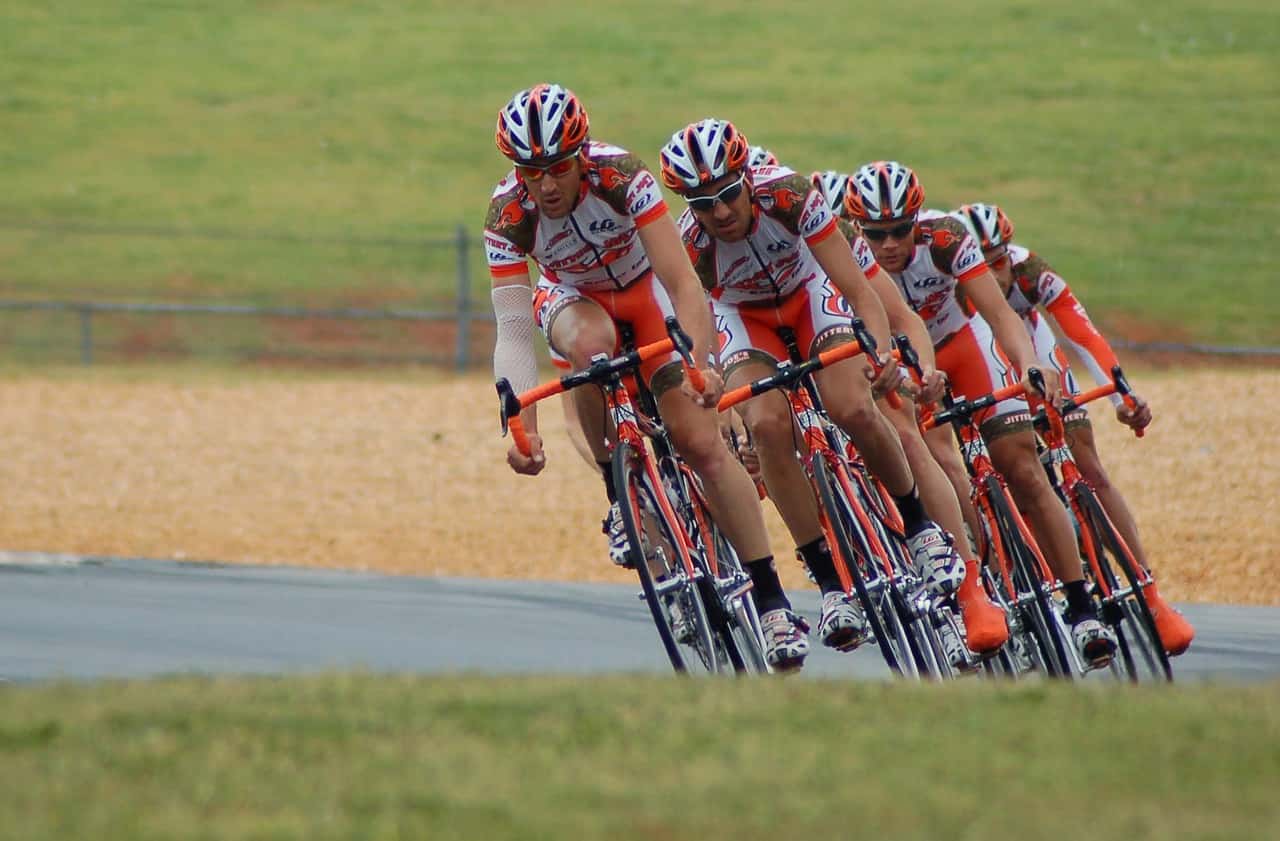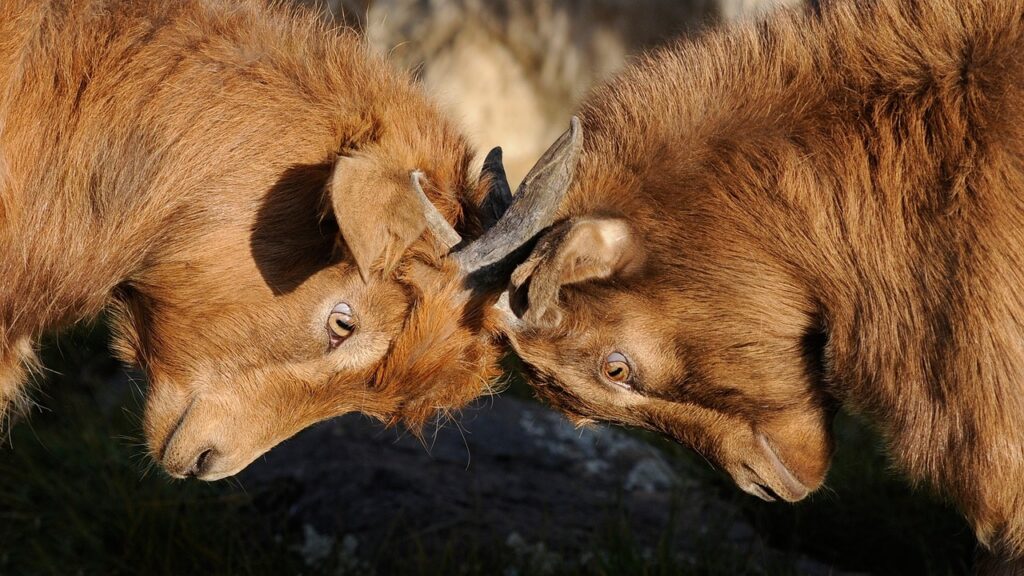
Have you ever found yourself absorbed in a game, going the extra mile during a workout, or striving to outdo your peers at work? If your answer is yes, then you have experienced firsthand the psychological phenomenon known as competitiveness.
What is Competitiveness?
At its core, competitiveness refers to the intrinsic or extrinsic motivation to outperform others or oneself. Virtually all organisms in the living world compete with members of their own species for other resources or access to mating partners. So competition isn’t something exclusive to the human domain.
Our competitive instincts can be traced back to our early ancestors who competed for resources critical for survival – food, shelter, and mates. While the context of competition has significantly evolved over time, the basic instinct remains a potent influence on our behaviors and actions.
There are many factors associated with competitiveness, including personality traits like extraversion, neuroticism, and conscientiousness, as well as situational factors like the presence of a rival or the perceived difficulty of a task. These factors interact in complex ways to shape our drive to compete, and researchers are still working to understand the underlying mechanisms.
“Competitiveness requires a high degree of personal energy, flexibility, intelligence, and creativity in regulating activity,” says Olga Klyueva, a psychologist at Tver State University in Russia.,
Just as with many behavioral traits, competitiveness is not an absolute quality but instead exists on a continuum. Some individuals are highly competitive, others less so, and a select few appear to be constantly compelled to outdo others.
Our perception of competitiveness also varies, with most individuals acknowledging a line between healthy and unhealthy competition. Yet, drawing this line within any specific context can be a contentious task.
One fundamental question, however, piques our curiosity – why are we predisposed to competition? Is it driven by the desire for survival, entertainment, or perhaps something else entirely? To shed light on this, we need to delve deeper into the realm of competitive psychology.
Why are some people so darn competitive? Standing out from the crowd

One 1998 study found nearly half of those polled would opt to earn $50,000 in an environment where the mean salary is $25,000, instead of securing a $100,000 income where the average remuneration is $200,000. This illustrates that many individuals favor being wealthier relative to others rather than having a larger absolute income.
As the saying goes, “If you and I are being chased by a bear, I don’t have to outrun the bear; I just have to outrun you.”
Every individual’s personality emerges from a confluence of internal and external elements, and competitive personalities are no different. Competitiveness typically surfaces within group settings, with the group’s unique characteristics affecting each individual’s competitive spirit.
For instance, a 2009 research paper explored the “N-effect”, a phenomenon suggesting that larger group sizes negatively impact each individual’s competitive drive. The researchers discovered that exam scores dropped as the test-taking cohort size grew, indicating a reduction in competitive motivation among test-takers. They also found that individuals completed quizzes more rapidly when they perceived themselves to be competing within a smaller group of 10, rather than a larger group of 100.
However, personal characteristics also play a key role in shaping these dynamics. The study revealed that people driven by social comparisons are more susceptible to the N-effect, while those less influenced by such comparisons are also less impacted.
In essence, people who find motivation through comparisons with others perceive smaller groups as an opportunity to stand out and therefore become more competitive. But in larger groups, where favorable comparisons are less likely, their competitive drive wanes.
Thus, competition psychology suggests that smaller groups foster a more beneficial competitive environment. This notion has significant implications in various settings where competition plays a critical role, such as classrooms or workplaces.
The evolutionary aspects of competitiveness

It’s common knowledge that competitive drives vary greatly among individuals, a notion supported by the research mentioned. Just as humans are diverse in many aspects, competitiveness is no different. But what causes these disparities in competitiveness?
A 2014 study suggested that highly competitive animals are better at securing superior resources, a clear advantage from an evolutionary standpoint. Yet, these same competitive individuals are less efficient at utilizing these resources, while less competitive animals can make do with less but more efficiently.
The natural world displays competitiveness as a spectrum between dominance and survival efficiency, with external factors influencing which end is favored.
While drawing conclusions about human competitive psychology from animal observations is speculative, we can notice similar patterns in human behavior. Highly competitive individuals may prioritize victory over resource management, focusing on immediate goals and potentially mismanaging resources.
The dark side of over-competitiveness: how bad do you want it?
While competitiveness can be beneficial, excessive competitiveness is associated with significant psychological downsides.
Hyper-competitiveness, defined as an unrelenting need to compete and win at any cost, can lead to individuals overextending themselves. This can result in failure to achieve goals and excessive expenditure of time and effort. Research confirms that hyper-competitive individuals often struggle with interpersonal relationships, for instance.
Studies have found that hyper-competitive individuals are primarily motivated by external factors rather than internal ones. Those driven by a desire to master a task or who have high self-esteem are less likely to be overly competitive. In contrast, individuals who derive self-worth from winning and the associated social status and rewards are more prone to unhealthy competition.
Despite the many benefits of competitiveness, such as increased motivation, achievement, and innovation, there are also obvious potential drawbacks. Highly competitive individuals may experience stress, burnout, and negative social consequences, and may be more likely to engage in unethical behavior to achieve their goals.
These risks highlight the importance of understanding the nature and effects of competitiveness, and of developing strategies to manage it effectively.
Understanding competition psychology
When we contemplate competition, we often think of sports or traditionally competitive fields like law or finance. However, competition permeates all aspects of life, from academics and professions to social interactions and familial relations. Understanding competition psychology provides a nuanced insight into human behavior and motivation, with far-reaching practical applications.
In conclusion, competitiveness is a complex and pervasive aspect of human behavior that has important implications for many different areas of our lives. By understanding the factors that drive our competitiveness and the potential risks and benefits, we can harness this powerful force to achieve our goals and improve our lives.






